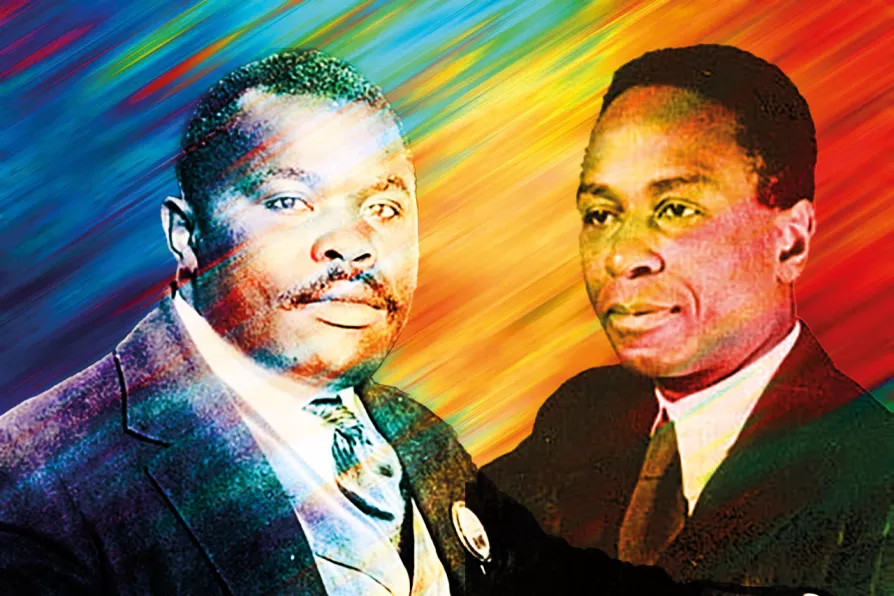ANSELM ELDERGILL recalls the misjudgments, mishaps and moments of farce that shaped his years in legal practice

 PATHBREAKING: Marcus Garvey (left) George Padmore (right)
PATHBREAKING: Marcus Garvey (left) George Padmore (right)
GEORGE PADMORE played a central role in developing and building transnational African liberation communities of resistance.
Born Malcolm Nurse in Trinidad in June 1903, he changed his name, as did many (particularly communist) activists of the time, as cover from identification while involved in clandestine activities.
As a university activist student in the United States in the 1920s, Padmore joined the Communist Party and quickly rose in its ranks.
Padmore became one of the leading African activists within the Communist International — known as the Comintern.

The charter emerged from a profoundly democratic process where people across South Africa answered ‘What kind of country do we want?’ — but imperial backlash and neoliberal compromise deferred its deepest transformations, argues RONNIE KASRILS

MOLLY DHLAMINI welcomes a Pan-Africanist and Marxist manifesto that charts a path for Africa’s resurgence

PAUL FOLEY welcomes a dramatic account of the men and women involved in the pivotal moment of the 5th Pan African Congress











